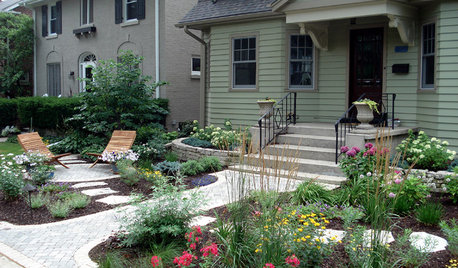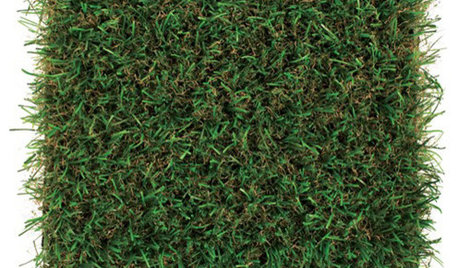New bermuda... now what
M Mccarthy 8b ATX
11 years ago
Related Stories

GARDENING AND LANDSCAPINGHouzz Survey: See What Homeowners Are Doing With Their Landscapes Now
Homeowners are busy putting in low-maintenance landscapes designed for outdoor living, according to the 2015 Houzz landscaping survey
Full Story
TROPICAL STYLECast Away for South Seas Style
Oh, to be in Tahiti right now. The next best thing: tips from South Seas resorts to create that lovely getaway feel at home
Full Story
MOST POPULARCreative Ideas for Small Front Yards
A little imagination goes a long way in a petite landscape
Full Story
EARTH DAYThe Case for Losing the Traditional Lawn
Work less, help the environment and foster connections by just saying no to typical turf
Full Story
GARDENING GUIDESLush, Foodie Abundance in a Small Urban Garden
This modest backyard garden provides its owner with fruit and vegetables all year round, thanks to an innovative low-maintenance approach
Full Story
SAVING WATERHouzz Call: Are You Letting Go of Your Lawn?
Many facing a drought are swapping turf for less thirsty plantings. If you’re one of them, we’d like to hear about it
Full Story
LIFEThe Top 5 Ways to Save Water at Home
Get on the fast track to preserving a valuable resource and saving money too with these smart, effective strategies
Full Story
GARDENING GUIDESNew Ways to Think About All That Mulch in the Garden
Before you go making a mountain out of a mulch hill, learn the facts about what your plants and soil really want
Full Story
GARDENING GUIDESHow to Stop Worrying and Start Loving Clay Soil
Clay has many more benefits than you might imagine
Full Story
DECORATING GUIDESJust In: 10 New Things to Make Eco-Living Easier
Finds from The 2011 West Coast Green Conference
Full Story






Serenity Lawn Service
dchall_san_antonio
Related Professionals
Citrus Heights Landscape Architects & Landscape Designers · Middle Island Landscape Architects & Landscape Designers · Rancho Cordova Landscape Architects & Landscape Designers · Saint Charles Landscape Architects & Landscape Designers · Alpharetta Landscape Contractors · Bergenfield Landscape Contractors · Brockton Landscape Contractors · Burlington Landscape Contractors · Commack Landscape Contractors · Holtsville Landscape Contractors · Homewood Landscape Contractors · Middletown Landscape Contractors · Pomona Landscape Contractors · Waldorf Landscape Contractors · East Norriton Landscape Contractors